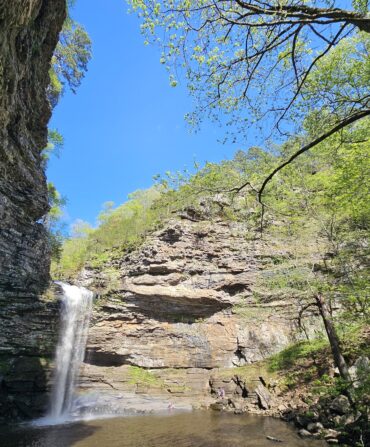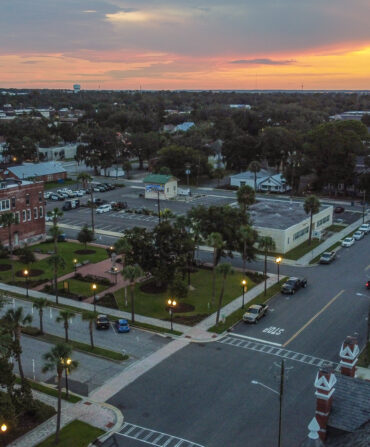I am not a birder. I like one bird: the pelican. I might have died not knowing this, but nine years ago I moved with my family from New England to Austin, Texas, looked around, and realized we were far from the ocean. So we drove that summer to Galveston, which immediately felt, to use a Yiddish word, haimish. Familiar.
I love Austin. I feel at home in Galveston. It has a working harbor, a Pleasure Pier, an air of stubborn survival. I can recognize the soul of a place that has suffered, one that has been bitten and kicked by hurricanes. Until the 1900 Galveston hurricane—still the deadliest natural disaster in the United States—Galveston was one of Texas’s largest cities. At least six thousand people died; houses were flattened. A lot of strange Victorian architecture has survived, and it all seems haunted by ghosts both grand and humble. It’s my kind of vacation spot.
On the south side by the seawall, the beaches remind me of the city beaches around Boston, where I grew up, hard by the road and studded with garbage. (I am sentimental about terrible things.) There is a new Pleasure Pier, ludicrously expensive (you have to pay both admission and for rides or spring for an all-day pass), and we go every time to play the dumb games, ride the sickening rides, and get the children’s picture taken in the old-timey photography studio. Just the words pleasure pier are wonderfully old-fashioned, with just a hint of seediness. For me, the perfect summer vacation day is not the dull perfection of an all-inclusive resort, but something always trembling on the edge of too much, heat and cotton-candy stickiness, screaming children being swung in the air, ice cream on one side of the island and fudge on the other, reaching for a wallet over and over—what the hell, we’re on holiday.

Photo: Courtesy of Visit Galveston
Galveston’s Pleasure Pier.
Then there are the pelicans, both beautiful and ridiculous. They skim along the Gulf by the seawall, flying in military formation. On the north side by the harbor, you can see them plod along the ground, or fly around the cruise ships. You can watch them through the plate-glass windows of the tourist restaurants by the harbor, diving for their seafood dinner while you have your own.
Or you can take the Galveston–Port Bolivar ferry, perhaps my favorite part of any trip to Galveston. Twenty-four hours a day, it takes passengers and cars the two and a half miles from the eastern tip of Galveston Island to Port Bolivar, and back, at no charge at all. For free, you are away from crowds, and the heat. You are surrounded by water and wind.
When I am at home in Austin, I am soothed by the Galveston Ferry Twitter feed: Currently we have two boats running with no wait on either side; 4 boats in service. No wait at Galveston. No wait at Bolivar. The Galveston Ferry Twitter avatar is a pelican in flight. They fly alongside the ferries, pelicans. I like to think they feel simpatico. Pelicans, like ferries, are all about cunning storage, and transport, and the water. They are practical. They contain secrets.
>Looking for more Southern getaways? See our favorite classic summer weekends.








